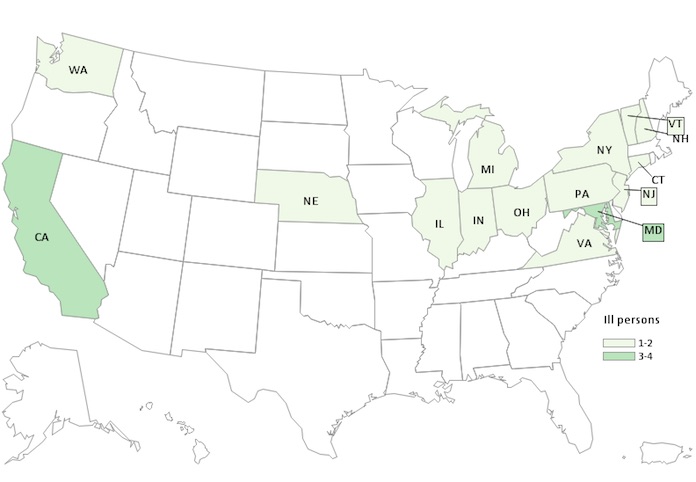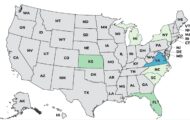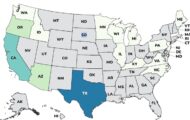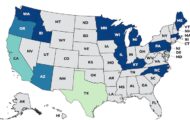The deadly E. coli O157:H7 HUS outbreak in many states that is linked to leafy green is over, according to the CDC. In all, 25 people in 15 states were sickened with the outbreak strain of deadly bacteria.

The most recent illness started on December 12, 2017. Illnesses started on dates ranging from November 5, 2017 to December 12, 2017. Nine people were hospitalized, including two who developed hemolytic uremic syndrome (HUS), a type of kidney failure. One person in California died.
This outbreak investigation began in Canada, when people sickened with the same strain of E. coli bacteria were reported in several provinces. In that country, this outbreak was linked to romaine lettuce. The U.S. government failed to identify a specific product linked to this outbreak, but said that people were likely sickened after eating leafy greens.
Whole genome sequencing showed that the strain of bacteria that made people sick in both countries was closely related genetically. PulseNet, the national laboratory that collects pathogen information taken from sick people, uncovered those sickened in the United States.
Thirteen ill persons had been interviewed in the U.S. by December 28, 2017. All thirteen said they ate various types of leafy greens before they got sick. Fifty-six percent of those people specifically said they ate romaine lettuce, but that percentage was not statistically significantly higher than results from a survey taken among healthy people.
No common supplier, grower, distributor, or retailer of leafy greens was identified in either country in this E. coli O157:H7 HUS outbreak. No other food items linked to these illnesses were identified. And since leafy greens have a short shelf life, and the last illness started a month ago, it is “likely that contaminated leafy greens linked to this outbreak are no longer available,” according to the CDC.




